Herculaneum is a must-visit archaeological site located in Campania, Italy, known for its well-preserved ruins from the ancient Roman era. With its fascinating history, detailed frescoes, and impressive architecture, it attracts visitors from all over the world. To make sure you get the most out of your visit we'll dive into the details of planning your perfect day at Herculaneum, from what to bring and when to go, to the best spots and experiences to enjoy so you have all the information you need to plan an unforgettable experience at one of Italy's most impressive historical landmarks.
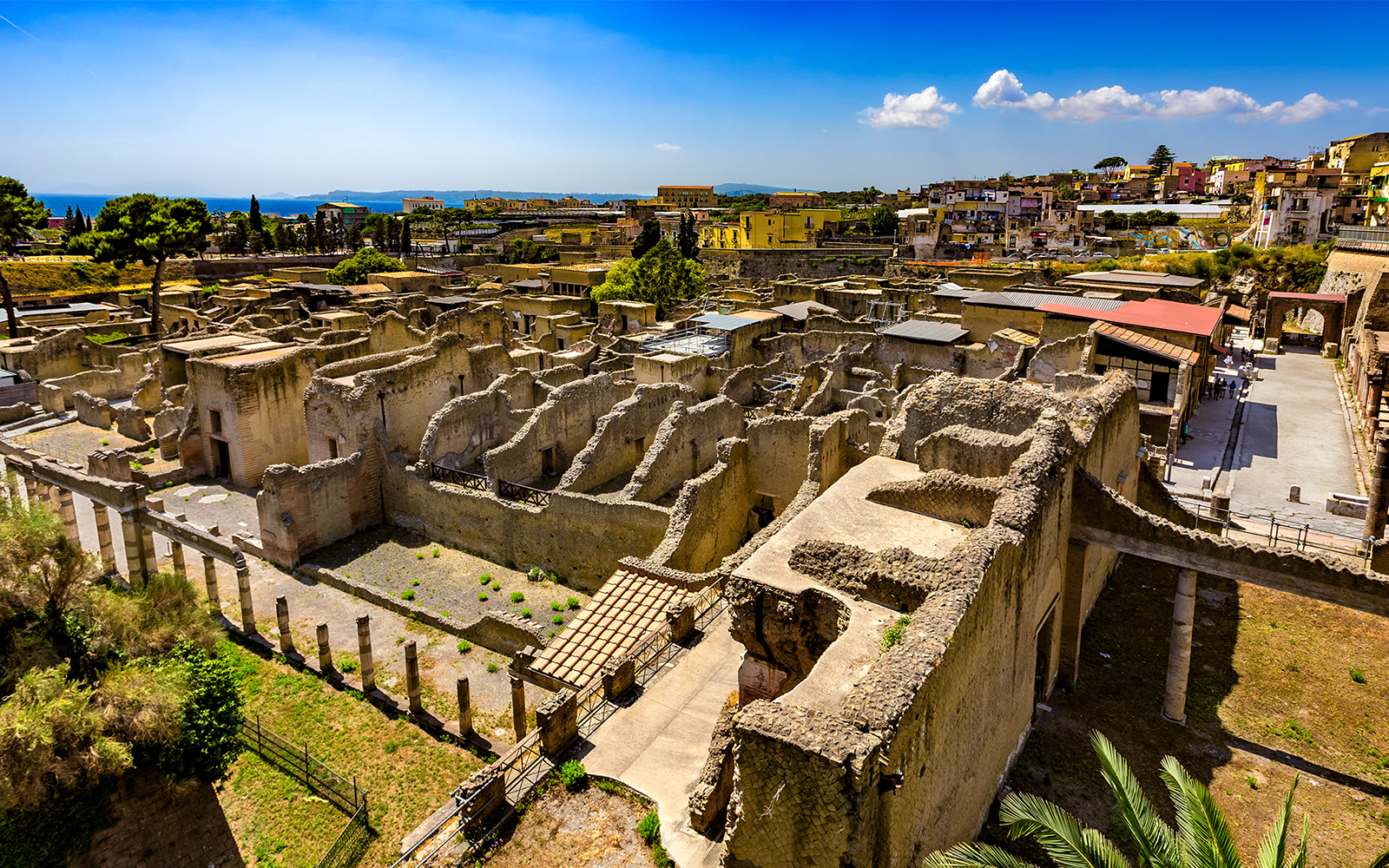
What is Herculaneum?
Herculaneum is an ancient Roman town located in the Campania region of Italy, near the modern city of Naples. It was a smaller and wealthier town compared to its more famous neighbor, Pompeii. Both towns were destroyed and buried by the catastrophic eruption of Mount Vesuvius in 79 AD. Unlike Pompeii, which was buried under a thick layer of volcanic ash, Herculaneum was covered by a pyroclastic flow, a fast-moving current of hot gas and volcanic matter. This resulted in an exceptional state of preservation, with many of the town's wooden structures, organic materials, and intricate frescoes and mosaics surviving intact.
Herculaneum provides a unique snapshot of Roman life, offering insights into the daily activities, architecture, and urban planning of the period. Key features of the site include well-preserved houses, public baths, shops, and even remnants of ancient food. Notable buildings such as the House of the Deer, the House of the Mosaic Atrium, and the Suburban Baths showcase the town's affluence and the high quality of life its residents enjoyed.
Today, Herculaneum is a UNESCO World Heritage Site and a popular destination for tourists and scholars alike, who come to explore its remarkably preserved ruins and gain a deeper understanding of ancient Roman civilization.
Best time to visit
The best time to visit Herculaneum is early in the morning, around 8:30am, before the midday heat and crowds arrive. The site is enjoyable year-round, but during the spring and fall, it offers pleasant weather and fewer tourists. Start your day by exploring the main streets, then venture into the detailed houses and public buildings.

Tickets to Herculaneum
- Standard Entry Ticket: Access to the entire archaeological site.
- Guided Tour Ticket: Includes a guided tour with a professional archaeologist.
- Combined Ticket: Access to both Herculaneum and Pompeii.
Inside Herculaneum
At Herculaneum, you'll find an impressive array of ruins and artifacts to explore. The ancient town was buried by volcanic ash in 79 AD, which helped preserve its structures and belongings remarkably well.
The main attractions include:
- The House of the Mosaic Atrium: Known for its stunning mosaics and intricate designs.
- The House of the Bicentenary: Features impressive frescoes and a well-preserved layout.
- The Suburban Baths: Public baths with detailed decorations and functional structures.
Inside, you'll also find the ancient gymnasium and several shops that showcase the daily life of the town's inhabitants. Don't miss the boat houses near the beach, where numerous skeletons were found, providing a poignant reminder of the volcanic eruption.
Unlike the neighboring, and possibly more popular Pompeii, Herculaneum is wheelchair accessible for visitors with disabilities. Ramps and fairly smooth surfaces across the whole town make it easy enough though expect a few ups and downs.
Opening hours
Herculaneum is open daily throughout the year, with slightly varying hours depending on the season.
- April to October: 8:30am - 7:30pm (last entry at 6pm)
- November to March: 8:30am - 5pm (last entry at 3:30pm)
- October 1 to October 31: Open daily from 9 am to 7 pm. Last entry at 6 pm.
Special Hours:
- May 1: Closed
- Dec 25: Closed
- Jan 1: Closed
On April 25, June 2, November 4 and the first Sunday of each month, Herculaneum offers free entry.
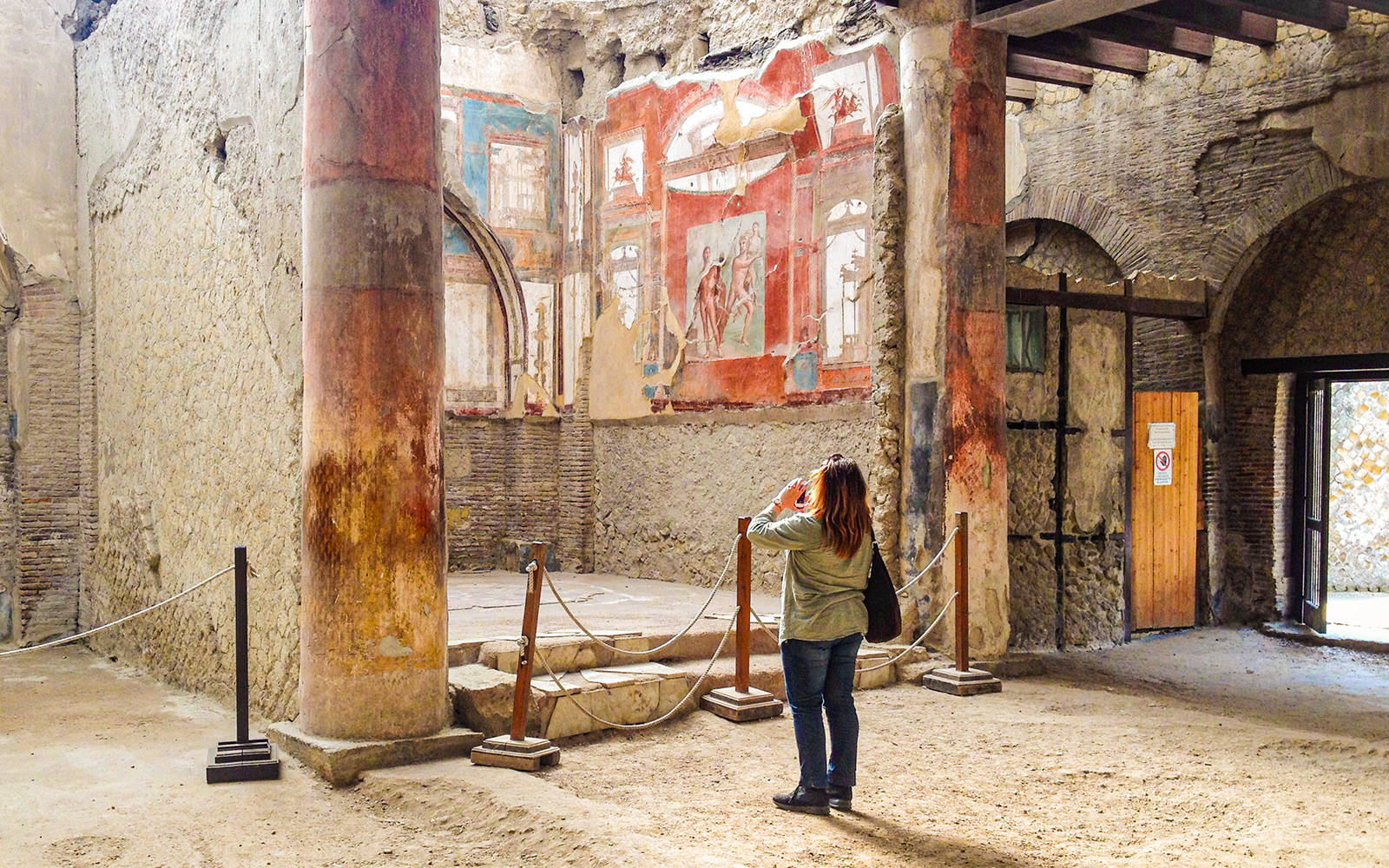
Tips
- Bring your own water and snacks, as there are limited refreshment options within the site.
- Wear comfortable walking shoes, as the site has uneven terrain.
- Take advantage of the audio guide available at the entrance for a self-paced tour.
- To make the most of your visit, plan to spend at least 3-4 hours exploring the site, allowing ample time to discover and appreciate the ruins.
- If you have a Campania ArteCard, you can enjoy free or discounted entry to Herculaneum and other regional sites.
Getting to Herculaneum
Herculaneum is located in the modern town of Ercolano, just a short distance from Naples. There are several ways to reach the site, depending on your preferred mode of transportation:
🚆 By Train:
The easiest way to get to Herculaneum is by taking the Circumvesuviana train from Naples. The nearest stop is Ercolano Scavi, located just a short walk from the entrance. The journey from Naples takes approximately 20 minutes.
🚌 By Bus:
If you prefer to travel by bus, board bus 157 from Naples, heading towards Ercolano. Alight at the Ercolano stop, and you'll find yourself just a short stroll away from the site. The journey from Naples takes approximately 30 minutes.
🚗 By Car:
Herculaneum is easily accessible by car, with ample parking available near the entrance. The site is well-signposted from the main highways.
Round-trip transfers:
We highly recommend guided tours that include convenient round-trip transfers from Rome or Naples. This means getting around without having to worry about bus or train timings, or navigating the streets or the slightly chaotic public transport of Italy! A typical itinerary looks like this.
- Pick-up: Early morning pick-up from your hotel in Rome.
- Transfer to Naples: Travel by high-speed train or private coach to Naples (approximately 1 hour 15 minutes by train or 2 hours by coach).
- Transfer to Herculaneum: From Naples, continue by private coach or minivan to Herculaneum (approximately 20 minutes).
- Guided Tour: Enjoy a guided tour of Herculaneum, exploring its well-preserved ruins and learning about the ancient town's history.
- Lunch: Some tours include a lunch stop at a local restaurant, offering traditional Italian cuisine.
- Return Transfer: Return to Rome in the late afternoon or early evening, with drop-off at your hotel.
Amenities and accessibility
- Herculaneum has a dedicated wheelchair-accessible entrance, though some areas of the site may be challenging due to uneven terrain. It is recommended to contact the site in advance for specific accessibility information and assistance.
- The site offers basic amenities, including restrooms and a small gift shop. Guided tours and audio guides are available for an enhanced visitor experience.
Nearby attractions
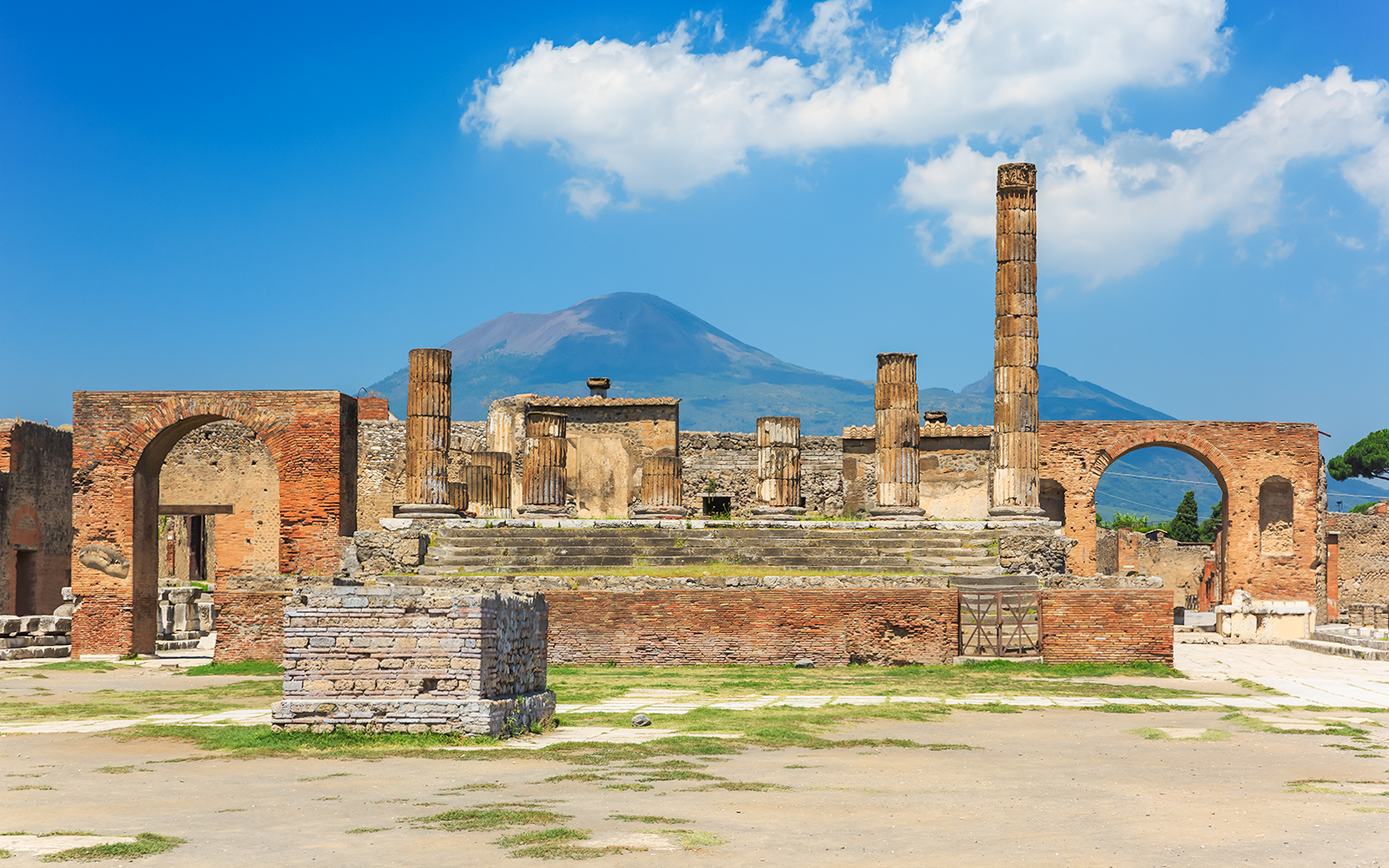
Located just a short drive from Herculaneum, Pompeii is another iconic archaeological site buried by the eruption of Mount Vesuvius. Explore the extensive ruins, including the Forum, amphitheater, and well-preserved houses.
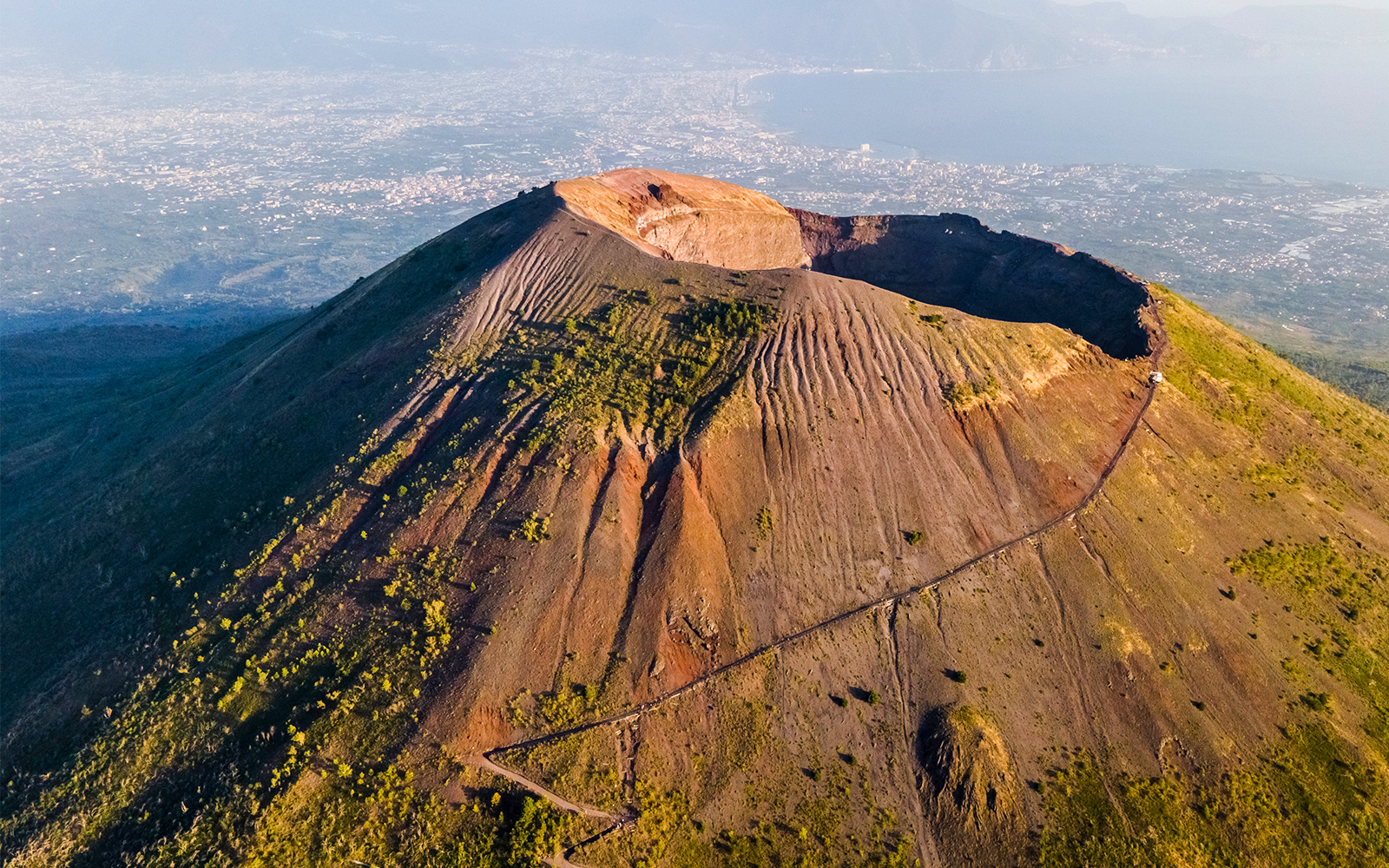
This active volcano looms over the region and offers a unique hiking experience. Visitors can hike up to the crater for stunning views of the Bay of Naples and the surrounding landscape.
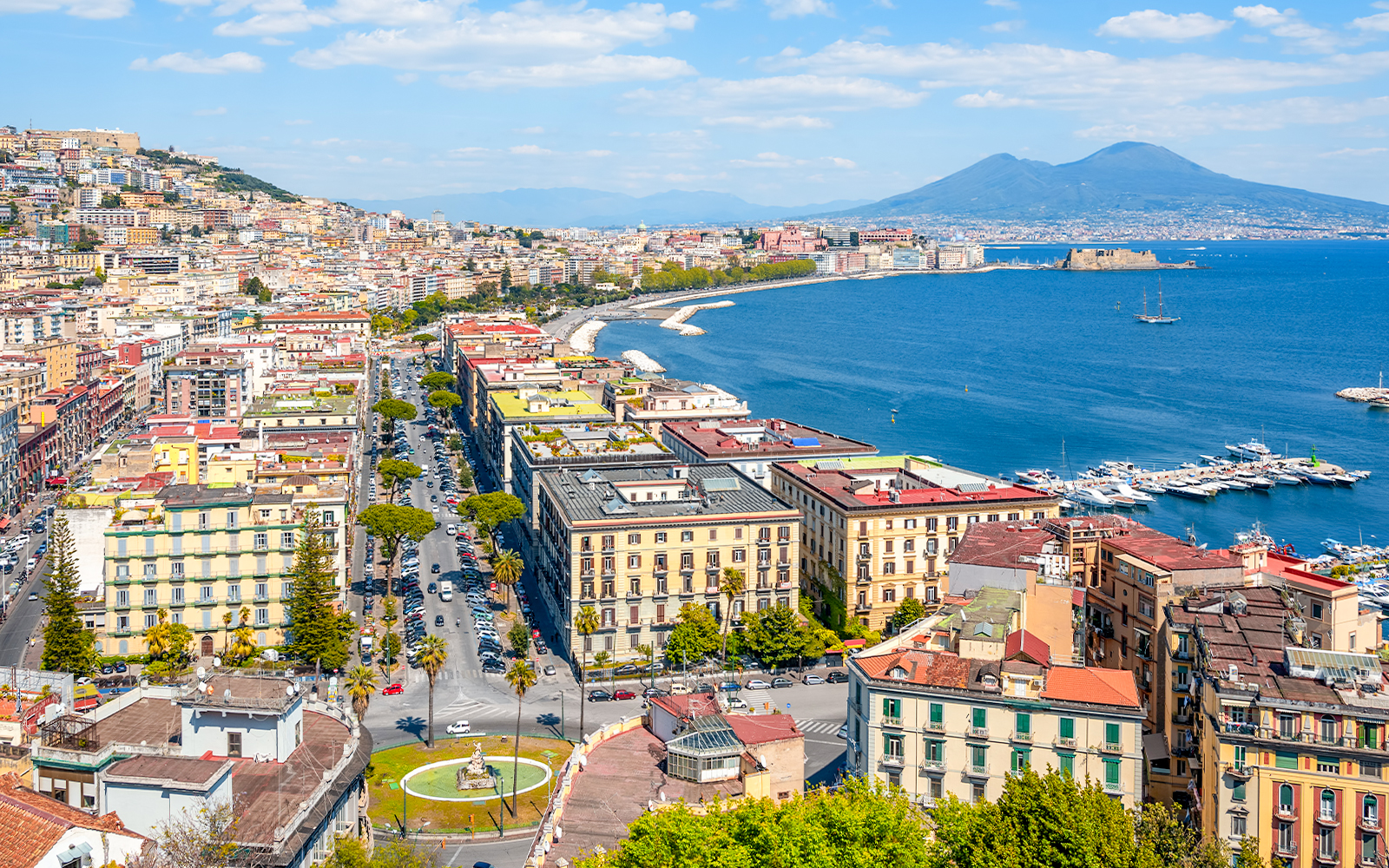
The vibrant city of Naples is nearby, offering a wealth of cultural and historical attractions, including the Naples National Archaeological Museum, which houses many artifacts from Herculaneum and Pompeii.


